For a port network with independent power supply, linear resistance and linear controlled source, the external circuit can generally be equivalently replaced by a parallel combination of current source and conductance (resistance); the current of the current source is equal to the source The short-circuit current Isc of a port network, and the conductance (resistance) is equal to the input conductance Geq (equivalent resistance Req) after zeroing all independent power supplies in the one port network.

The Norton equivalent circuit can be obtained by the power factor equivalent conversion of the Thevenin equivalent circuit. However, it must be noted that the Norton equivalent circuit can be independently verified.
How to prove Norton's theorem (1) The content of Norton's theorem
Any linear source-single-port network, externally, can be simplified to a current source model of an actual power supply. The ideal current source parameter of this actual power supply is equal to the short-circuit current at the single-port network port, and its internal resistance is equal to an equivalent resistance obtained from the port after the original single-port network removes the internal independent source. Norton's theorem can be described as follows using Figure 1:

In Figure 1, ISC is the short-circuit current, RO is the Norton equivalent resistance, N network is a single-port network with independent power supply, and NO network is the single-port network obtained after the N network removes the independent source.
(2) Proof of Norton's theorem
A linear active single-port network N is connected to the external circuit. As shown in Figure 2(a), the voltage at port a is U and the current is I. Now looking for the simplest equivalent circuit of the N network for external circuits. First, replace the external circuit with a voltage source US=U using the substitution theorem, as shown in Figure 2(b).
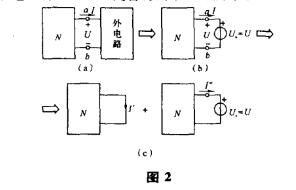
According to the superposition theorem, the current I at the N network port can be regarded as the result of the interaction between the internal power of the network and the external power supply of the network, ie
I= P+P
In the formula, the port current when the external power supply is removed (the voltage source is short-circuited), that is, the short-circuit current of the single-port network N including the independent power supply, that is,
P=Isc
Where P is the port current when the independent power supply in the N network is zero (the voltage source is shorted, the current source is open), and the NO is equivalent to an internal resistance RO.

A circuit drawn by the above formula is exactly a current source connected in parallel with a resistor branch. The current of the current source is equal to the short-circuit current of the network with independent source and the parallel resistance is equal to the NO network obtained by zeroing all the power sources in the N network. The equivalent resistance RO seen from the port is shown in Figure 3. This proves the Norton theorem.
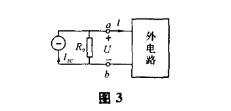
First, the experimental principle
1) Any linear source-containing network. If you only study the voltage and current of one of the branches, you can think of the rest of the circuit as an active two-terminal network (or called a source-port network).
The Thevenin's theorem states that any linear active network can always be replaced by a voltage source in series with a resistor, as shown in Figure 6-1.
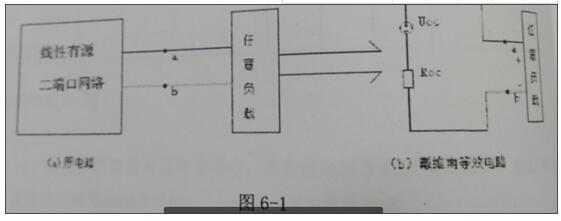
The electromotive force Us of this voltage source is equal to the open circuit voltage Uoc of the active two-terminal network, and its equivalent internal resistance R0 is equal to zero for all independent sources in the network (ideal voltage source is regarded as short circuit, ideal current source is regarded as open circuit) Equivalent resistance at the time.
Norton's theorem states that any linear active network can always be replaced by a parallel combination of a current source and a resistor, as shown in Figure 6-2.
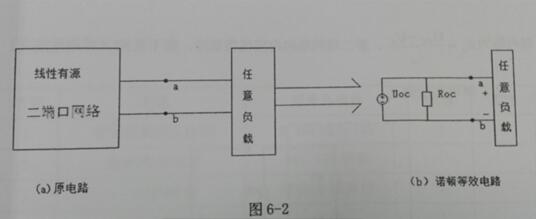
2. Measurement method of equivalent parameters of active two-end network
(1) Open circuit voltage, short circuit current method R0
When the output of the active two-terminal network is open, the open-circuit voltage Uoc of the output terminal is directly measured by a voltmeter, and then the output terminal is short-circuited, and the short-circuit current Isc is measured by an ammeter, and the equivalent internal resistance is obtained. If the resistance of the two-terminal network is small, if the output port is short-circuited, the internal components are easily damaged, so this method should not be used.
(2) Voltammetry
Use the voltmeter and ammeter to measure the external characteristic curve of the active two-end network, as shown in Figure 6-3. When the slope tgφ is obtained from the external characteristic curve, the internal resistance is R0=.
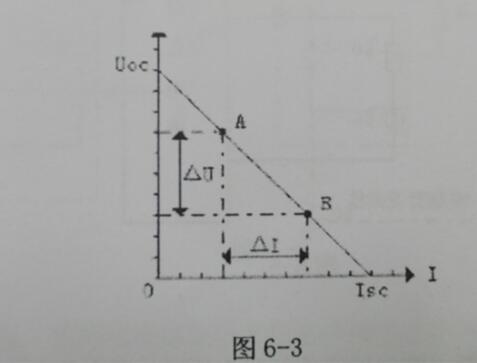
With voltammetry, the output voltage is measured when the open circuit voltage and current are rated. The internal resistance is R0=. If the internal resistance of the two-terminal network is very low, it is difficult to measure the short-circuit current.
(3) Half voltage method to measure R0
As shown in Figure 6-4, when the load voltage is half of the open circuit voltage of the network under test, the load resistance (determined by the reading of the resistor box) is the equivalent internal resistance of the active two-terminal network under test.
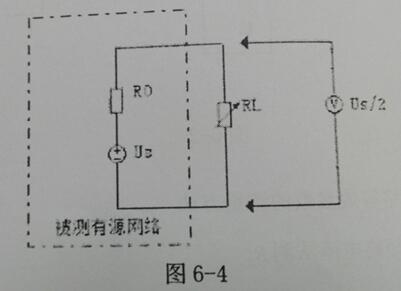
(4) Zero display method for measuring UOC
When measuring the open circuit voltage of a high internal resistance active two-terminal network, direct measurement with a voltmeter can cause large errors. In order to eliminate the influence of the internal resistance of the voltmeter, the zero-measurement method is often used, as shown in Figure 6-5.
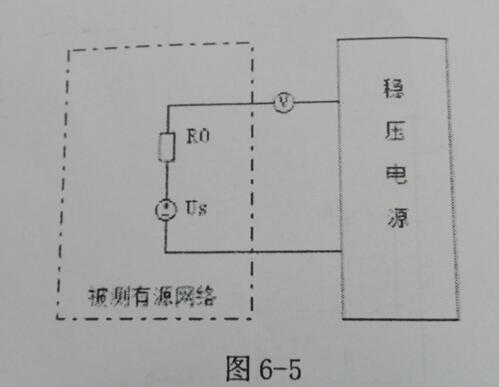
The zero-zero measurement principle is to compare the measured two-terminal network with a low internal resistance power supply. When the output voltage of the regulated power supply is equal to the open circuit voltage of the active two-terminal network, the reading of the voltmeter will It is "0". Then disconnect the circuit and measure the output voltage of the regulated power supply at this time, which is the open circuit voltage of the active two-terminal network under test.
Second, the experimental equipment
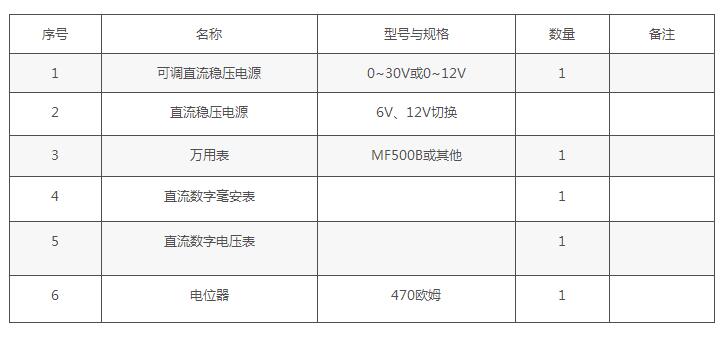
Third, the experimental content
The measured active two-end network is shown in Figure 6-6.
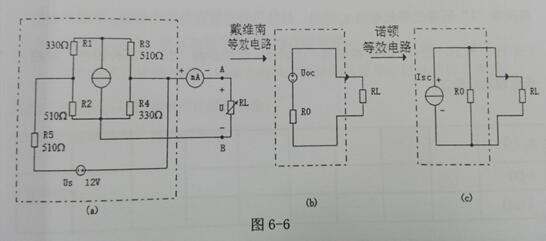
1. The open circuit voltage and short circuit current method are used to measure the IOC and R0 of the Theoven equivalent circuit Uoc, R0 and Norton equivalent circuits.
Connect the regulated power supply Us=10V and the constant current source Is=10mA according to Figure 6-6(a). Access load RL. UOc and Isc are measured and R0 is calculated.

2, load test
Connect the RL according to Figure 6-6(a), change the RL resistance value, and measure the external characteristic curve of the active two-end network.

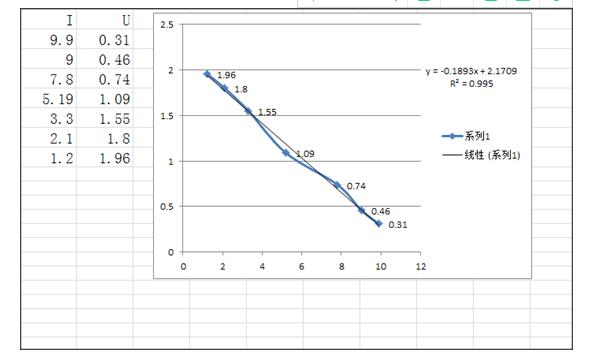
3. Verify the Thevenin's theorem: use a 470 ohm potentiometer as R0, adjust its resistance to the value of the resistor R0 measured in step "1", and then make it with the DC regulated power supply (adjust to the step) The value of the open circuit voltage Uoc measured at 1" is connected in series, as shown in Fig. 6-6(b), and the external characteristic is measured by the step "2" to verify the Dais's theorem.

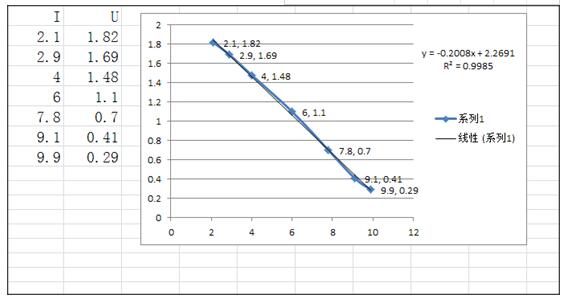
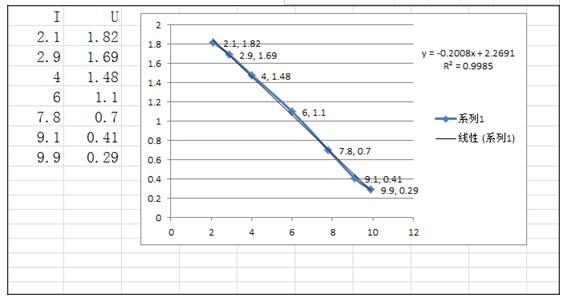
4. Verify Norton's theorem: use a 470 ohm potentiometer as R0, adjust its resistance to a value equal to the equivalent resistance R0 obtained by step "1", and then make it with a DC constant current source (adjust to step The value of the short-circuit current ISC measured at "1" is connected in parallel, as shown in Fig. 6-6(c), and the Norton's theorem is verified by following the external characteristics of the step "2".

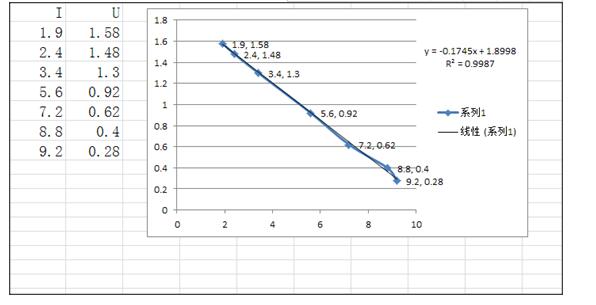
5, the direct measurement method of the active two-terminal network equivalent resistance (also known as the input resistance). See Figure 6-6(a). Zero all independent sources in the active network under test (disconnect the current source IS, remove the voltage source US, and connect it with a short-circuit wire at two points connected to the original voltage source), then use voltammetry or directly Use the ohmmeter of the multimeter to measure the resistance between the two points A and B when the load RL is open. This is the equivalent internal resistance R0 of the network under test, or the input resistance Ri of the network.
6. Measure the equivalent internal resistance R0 of the network under test and its open circuit voltage Uoc by the half voltage method and the zero indication method. Line and data forms are self-contained.
Fourth, the experimental notes
1. Pay attention to the replacement of the current meter range when measuring.
2. In step “5â€, the voltage regulator cannot be shorted when the voltage source is set to zero.
3. When using the multimeter to directly measure R0, the independent source in the network must be set to zero first to avoid damage to the multimeter. Second, the ohm file must be zeroed before measuring.
4. When changing the line, turn off the power.
V. Experimental report
1. According to steps 2, 3, and 4, plot the curves separately, verify the correctness of Thevenin's theorem and Norton's theorem, and analyze the causes of the errors.
2. According to the results of the methods of steps 1, 5, and 6 measured by Uoc and R0 and the pre-study circuit calculation, what conclusion can you draw?
Notes on Norton's Theorem(1) Norton's theorem is only equivalent to the external circuit, and is not equivalent to the internal circuit. That is to say, after the theorem can not be applied to find the equivalent power electromotive force and internal resistance, it returns to the current and power of the original circuit (ie, the internal circuit of the active two-terminal network).
(2) When applying the Norton's theorem for analysis and calculation, if the active two-terminal network after the branch is still a complex circuit, the Norton theorem can be used again until it becomes a simple circuit.
(3) Norton's theorem is only applicable to linear active two-terminal networks. Norton's theorem cannot be applied if the active two-terminal network contains nonlinear components.
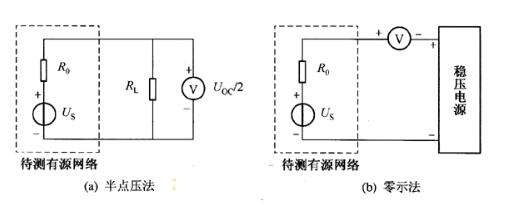
Marine Generator with marine diesel engine, marine alternator, control system
. World famous brand marine diesel engine: Cummins, Yuchai, Weichai
. World famous brand alternator: Stamford, Leroy Somer, Marathon, Mecc Alte, Faraday
. Marine control system: Deepsea, ComAp, Deif, SmartGen
. Water Heat Exchanger Type cooling system
Marine Engine,Marine Genset,Marine Generator,Marine Engine Generator
Guangdong Superwatt Power Equipment Co., Ltd , https://www.swtgenset.com
